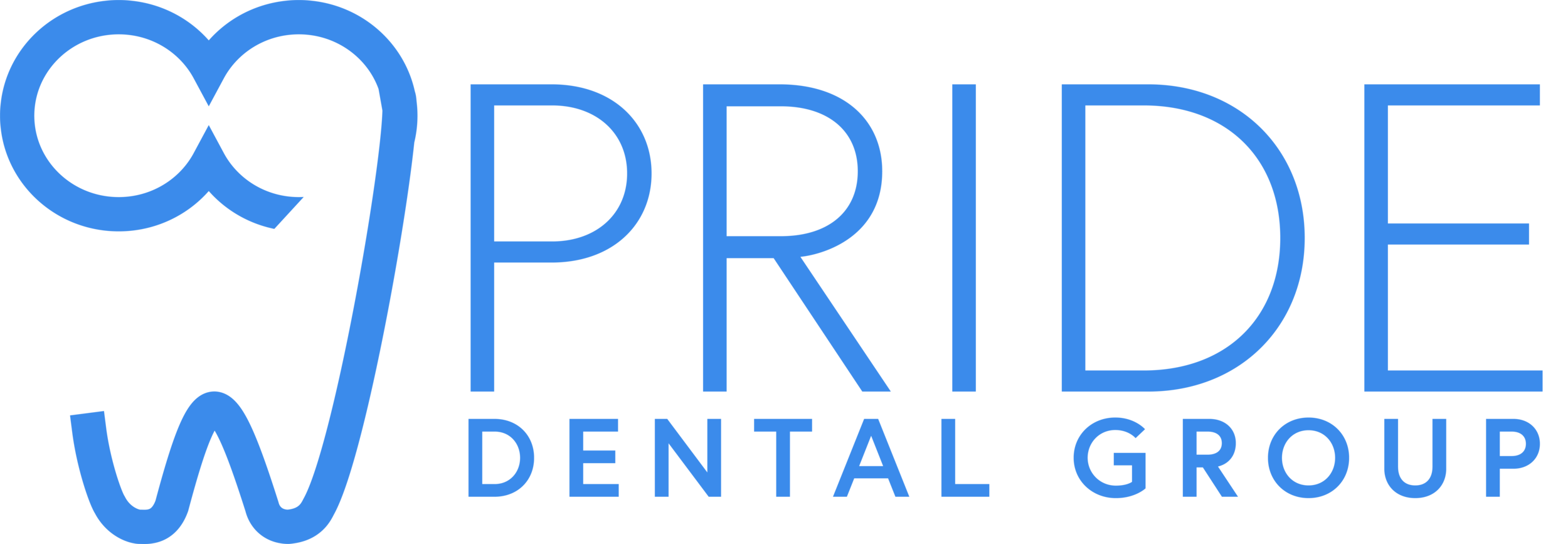BRUSHING
Why is Brushing Important?
Brushing is the most effective method for removing harmful plaque from your teeth and gums. Getting the debris off your teeth and gums in a timely manner prevents bacteria in the food you eat from turning into harmful, cavity causing acids.
Most dentists agree that brushing three times a day is the minimum; if you use a fluoride toothpaste in the morning and before bed at night, you can get away without using toothpaste during the middle of the day. A simple brushing with plain water or rinsing your mouth with water for 30 seconds after lunch will generally do the job.
What are some brushing techniques?
Since everyone's teeth are different, see us first before choosing a brushing technique. Here are some popular techniques that work:
Use a circular motion to brush only two or three teeth at a time, gradually covering the entire mouth.
Place your toothbrush next to your teeth at a 45-degree angle and gently brush in a circular motion, not up and down. This kind of motion wears down your tooth structure and can lead to receding gums, or expose the root of your tooth. You should brush all surfaces of your teeth - front, back, top, and between other teeth, rocking the brush back and forth gently to remove any plaque growing under the gum.
Don't forget the other surfaces of your mouth that are covered in bacteria - including the gums, the roof and floor of your mouth, and most importantly, your tongue. Brushing your tongue not only removes trapped bacteria and other disease-causing germs, but it also freshens your breath.
Remember to replace your brush when the bristles begin to spread because a worn toothbrush will not properly clean your teeth.
Effective brushing usually takes about three minutes. Believe it or not, studies have shown that most people rush during tooth brushing.
What is flossing?
Flossing is a method for removing bacteria and other debris that cannot be reached by a toothbrush. It generally entails a very thin piece of synthetic cord you insert and move up and down between the sides of two adjoining teeth.
Why is flossing important?
Many dentists believe that flossing is the single most important weapon against plaque. In any event, daily flossing is an excellent and proven method for complementing your brushing routine and helping to prevent cavities, periodontal disease, and other dental problems later in life. It also increases blood circulation in your gums. Floss removes plaque and debris that stick to your teeth and gums.
How often should I floss?
Floss at least once every day. Like brushing, flossing should take about three minutes and can easily be done while doing another activity, such as watching television. Do not attempt to floss your teeth while operating a motor vehicle or other machinery.
What are some flossing techniques?
There are two common methods for flossing, the "spool method" and the "loop method".
The spool method is the most popular for those who do not have problems with stiff joints or fingers. The spool method works like this: Break off about 18 inches of floss and wind most of it around your middle finger. Wind the rest of the floss similarly around the middle finger of your other hand. This finger takes up the floss as it becomes soiled or frayed. Move the floss between your teeth with your index fingers and thumbs. Maneuver the floss up and down several times forming a "C" shape around the tooth. While doing this, make sure you go below the gum line, where bacteria are known to collect heavily.
The loop method is often effective for children or adults with dexterity problems like arthritis. The loop method works like this: Break off about 18 inches of floss and form it into a circle. Tie it securely with two or three knots. Place all of your fingers, except the thumb, within the loop. Use your index fingers to guide the floss through your lower teeth, and use your thumbs to guide the floss through the upper teeth, going below the gum line and forming a "C" on the side of the tooth.
With either method of flossing, never "snap" the floss because this can cut your gums. Make sure that you gently scrape the side of each tooth with the floss.
Your gums may be tender or even bleed for the first few days after flossing - a condition that generally heals within a few days.
